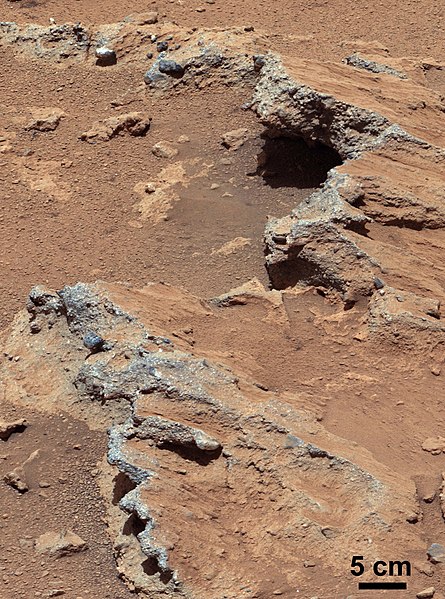Restren:PIA17062-MarsCuriosityRover-HottahRockOutcrop-20120915.jpg

Myns an ragwel ma: 445 × 599 piksel. Klerderyow erel: 178 × 240 piksel | 357 × 480 piksel | 571 × 768 piksel | 761 × 1,024 piksel | 1,522 × 2,048 piksel | 4,372 × 5,883 piksel.
Restren wreydhek (4,372 × 5,883 piksel, myns an restren: 6.85 MB, eghen MIME: image/jpeg)
Istori an restren
Klyckyewgh war dhedhyans/eur rag gweles an folen dell o an termyn na.
| Dedhyans/Eur | Skeusennik | Mynsow | Devnydhyer | Kampol | |
|---|---|---|---|---|---|
| a-lemmyn | 19:56, 10 Genver 2019 |  | 4,372 × 5,883 (6.85 MB) | Kesäperuna | 100% JPEG quality from full quality TIFF. |
| 23:32, 30 Me 2013 |  | 4,372 × 5,883 (2.49 MB) | Drbogdan | User created page with UploadWizard |
Devnydh an restren
Yma an folen a syw owth usya an restren ma:
Devnydh ollvysel an restren
Yma an wikis erel a syw ow tevnydhya an restren ma:
- Devnydh war ar.wikipedia.org
- Devnydh war ca.wikipedia.org
- Devnydh war de.wikipedia.org
- Devnydh war el.wikipedia.org
- Devnydh war en.wikipedia.org
- Adirondack (Mars)
- Heat Shield Rock
- Yogi Rock
- Home Plate (Mars)
- List of rocks on Mars
- Bounce Rock
- Barnacle Bill (Martian rock)
- Pot of Gold (Mars)
- El Capitan (Mars)
- Last Chance (Mars)
- Geology of Mars
- Martian soil
- Oileán Ruaidh (Mars rock)
- Composition of Mars
- N165
- Jake Matijevic (rock)
- Bathurst Inlet (rock)
- Hottah (Mars)
- Link (Mars)
- Goulburn (Mars)
- Rocknest 3
- Shelter Island meteorite
- Block Island meteorite
- Mackinac Island meteorite
- Tintina (rock)
- User:Drbogdan/sandbox-templates-Geology-MarsRocks-MoleculesInSpace
- Template:MarsRocks
- Devnydh war es.wikipedia.org
Gweles devnydh ollvysel moy a'n restren ma.

